Hey, my name is Abigail and I currently live in Dar es Salaam, Tanzania where I teach English Literature at
Haven of Peace Academy, a Christian international school. Choosing to move here two years ago was one of the best decision I have ever made, and I won’t ever regret the time I’ve spent in this incredibly gorgeous country.
Must Go in Tanzania
Tanzania is a beautiful country and is well known for the vast plains of the Serengeti, the teeming wildlife of the Ngorongoro Crater, and the towering Kilimanjaro. These are just the tip of the iceberg of Tanzania’s natural treasures.
About 14% of the entire land area of Tanzania is protected land, a larger percentage than any other country (TANAPA). What you choose to see is largely dependent on your budget and timetable, but there are a few special treats that every traveler should see.
Mafia Island is a part of the Zanzibar archipelago of islands and is a half hour flight southeast of Dar es Salaam. There are only a handful of resorts on the island, and a large part of the surrounding ocean is protected by the Mafia Island Marine Park. This means the breathtaking coral reefs beneath the surface are undamaged from the pervasive dynamite fishing, offering spectacular snorkeling and diving.
Mafia Island is also the home for a large aggregation of whale sharks, some of which are believed to spend the entire year in the Mafia channel.
Whale shark sightings are almost guaranteed from September through March and is a must-do while you are on the island. There are also a number of other
cultural and historical tours on the island, which played a prominent part in the history of Africa’s east coast.
While the Northern Safari Circuit including Serengeti and Ngorongoro Crater are world-famous and certainly worth visiting, Ruaha National Park is Tanzania’s largest national park and offers a glimpse of an untouched sliver of Africa in all its glory.
Most visitors to Ruaha are able to spend entire days viewing elephants, antelopes, buffalos, lions, leopards, and even the rare and endangered wild dogs without ever running into another safari group.
The Great Rift Valley intersects the park and the landscape is varied and beautiful with natural springs, wetlands, rolling hills, mountains, and the Great Ruaha River.
Zanzibar is Mafia Island’s larger, more popular cousin, easily accessible via international flights, domestic flights from Dar es Salaam or Arusha, and ferries from Dar es Salaam or Bagamoyo. Like Mafia, there are opportunities for incredible diving and snorkeling, as well as hundreds of pristine beaches. If you ever wanted to visit a tropical paradise, Zanzibar is it, but don’t forget to explore Stonetown.
The capital of Zanzibar,
Stone Town is a UNESCO World Heritage site and the only functioning historical town in East Africa. The magical narrow streets and classic Arab architecture are enchanting.
Spend some time wandering through the city and admiring the coral stone buildings and intricately carved wooden doors, and be sure to check out the Old Fort, which is home to many cultural events throughout the year, including
Sauti za Busara, a music festival of artists from all over Africa that takes place every February.
Sadaani & Pangani
Sadaani National Park is one of the easiest parks to access from Dar es Salaam, as it is only a three hour drive along the newly paved Tanga Road. Yet, it is in many ways a hidden treasure, undervalued by many.
Sadaani is where the safari meets the beach, and is one of the few coastal rainforests in Tanzania, and the only national park bordering the Indian Ocean. It is home to four of the “Big Five,” and due to the park’s 1989 ban on walking safaris, features animals that are largely unpoached and unafraid of tourist vehicles.
You can take a boat safari on the Wami River, or venture into the largely untouched wilderness by 4×4. However, due to Sadaani’s location as a natural wetland, the roads can often become extremely muddy, even impassable.
An experienced guide with a 4×4 is recommended, and the park is best visited during the dry season (June-December). There are a number of lodges in and around the park, include a campsite on the beach inside the park itself, however I would recommend the eco-lodge where I stayed in October.
Located just a half hour from the northern gate of Sadaani National Park,
Tembo Kijani is situated on a breathtaking strip of beach. Large salt plains are within walking distance, and the lodge offers a walking safari where you can see age-old process of refining salt from the plains in action, visit a local village, and see a number of birds and the occasional larger wildlife.
Pangani is just a short drive from Sadaani (and on the way, depending on how you go), and is still an unspoiled paradise. It was once a main center of commerce along the Swahili coast, as evidenced by the remaining Arab and colonial-influenced buildings along the river and coastline.
Several resorts dot the coast and offer windsurfing, snorkeling, diving, sea turtle viewing, kayaking, and dhow rides. Beautiful coral reefs sit just offshore along with Maziwe Island and Marine Reserve, where
Kasa Divers operates a sea turtle conservation/relocation program called
Friends of Maziwe on this small unvegetated island, home to three species of marine turtles.
Must Do in Tanzania
This is fairly self-explanatory. You are in Tanzania, the home of the Serengeti and “Big Five.” Go on safari. See unspoiled Africa in all its glory. Stare in breathless awe at lions, cheetahs, rhinos, elephants, giraffes, zebra, and antelopes in their natural habitats.
Road trip (or train, if you’re patient)
Tanzania is beautiful, but most visitors see very little of its diversity when they fly from city to city. Not only is road travel often cheaper, it also allows you to see what life in Tanzania looks like outside of Dar es Salaam and the tourist hot spots.
The
TAZARA train between Dar es Salaam and Mbeya or Mwanza is also a fantastic way to see the country, but be prepared for the
train to run late—by a day or more.
Climb a mountain
If you have time and money, climb
Mount Kilimanjaro. Summiting the “roof of Africa,” at over 18,000 feet is an incredible experience, but it is quite expensive. Though not known for its mountains, Tanzania boasts a number of
other mountain ranges, including the Usambara Mountains, Uluguru Mountains, and Udzungwa Mountains, all offering diverse rainforests, beautiful forests, and gorgeous waterfalls.
More serious trekkers may also enjoy Mount Meru, the active volcano Ol Donyo Lengai, and Mount Hanang. Hire a local guide and go exploring off of the beaten path—you will be amazed at the beauty that awaits!
Scuba dive
Getting my Open Water and Advanced diving certifications was my birthday gift to myself my first year here in Tanzania, and again, it was a decision I will never regret. There are coral reefs along the entire Tanzanian coast, the more
popular diving destinations being off of Pemba, Zanzibar, and Mafia islands. Pangani and Kilwa also have several dive companies offering access to lesser known reefs.
Even if you never leave Dar es Salaam, the warm waters of the Indian Ocean are welcoming and a ten minute dhow ride to either Bongoyo or Mbudya Island makes the closest reefs accessible to snorkelers.
Finally, Lake Tanganyika’s crystal blue waters allow for freshwater diving and the chance to see a number of endemic cichlid species.
Must Eat in Tanzania
Pilau
This is essentially rice and meat (usually goat) cooked with ginger and other spices. It is not like any other rice you’ve ever tasted—and so much better!
Tea Masala (chai)
Tanzanians love their ginger. Traditional Tanzanian tea, usually known as “chai,” but also occasionally listed as Tea Masala in restaurant menus, is a black tea with ginger, cinnamon, and liberal doses of sugar and milk. It is often served for breakfast with chipati, which is a bit like a thick flour tortilla.
Mishkaki
Mishkaki are essentially kebabs, but somehow better. You can get them as chicken, fish, beef, or goat. The beef or goat mishkaki are my favorites, and typically come deliciously marinated. They are available everywhere—restaurants, bars, and along the side of the road.
Chips Mayai
Another traditional meal, chips mayai, literally translated is french fries and eggs, and that’s exactly what this is. Several eggs are cooked over a pile of french fries, then served with kachumbari, chopped tomatoes and onions with vinegar.
Fresh fruit
It would be ridiculous to visit a tropical country like Tanzania and not enjoy the fresh fruit. Mangoes, pineapples, passion fruit, avocadoes, and bananas are sold beside the road and oh, so delicious!
Cultural Tips
Dress Modestly
Especially in rural areas and the islands in the Zanzibar archipelego. Women, keep your shorts or skirts at knee length, as the thigh is traditionally considered a very sexual part of the body for many Tanzanians, and there is a significant Muslim influence throughout the country.
Greet People & Be Friendly
Tanzanians are generally extremely friendly and willing to help. It is, however, considered rude to jump directly into a request for help or topic of conversation. Greetings are very important culturally, so most conversations begin with a friendly “Mambo” (What’s up?) to be followed by “poa” (Cool) or “Habari?” (How’s life?) with the reply “nzuri” (Good).
Don’t Make Eye Contact With Beggars / Sellers
This is mostly applicable to Dar es Salaam and reveals the darker side of the city, but you will often see people selling a variety of goods along the streets (anything from flowers and fishtanks to dishrags and live rabbits), or beggars asking for money.
Though it might at first seem rude, it is best to not make eye contact. Many of the beggars (especially children), are not there of their own volition and are only pawns for others using the “income” for drugs or alcohol.
Cheap travel tips forTanzania
Though there are plenty of luxury resorts, private safari tours, and chartered flights to be had in Tanzania, it is easy to travel inexpensively, so long as you travel like a Tanzanian. In the city, take public transportation (the dala-dala / bus system) instead of taxis, and for cross-country travel, take the larger buses.
The driving is often sketchy, but it is by far the cheapest way to travel if you don’t mind sitting for ten or more hours at a time.
Eat local foods, such as rice and beans, pilau, mishkaki, samosas, etc. available along the streets and in small restaurants (often called “mamalishas,” literally meaning “mama feeds”), and stay in the number of backpacking hostels and local bed and breakfasts scattered across the country.
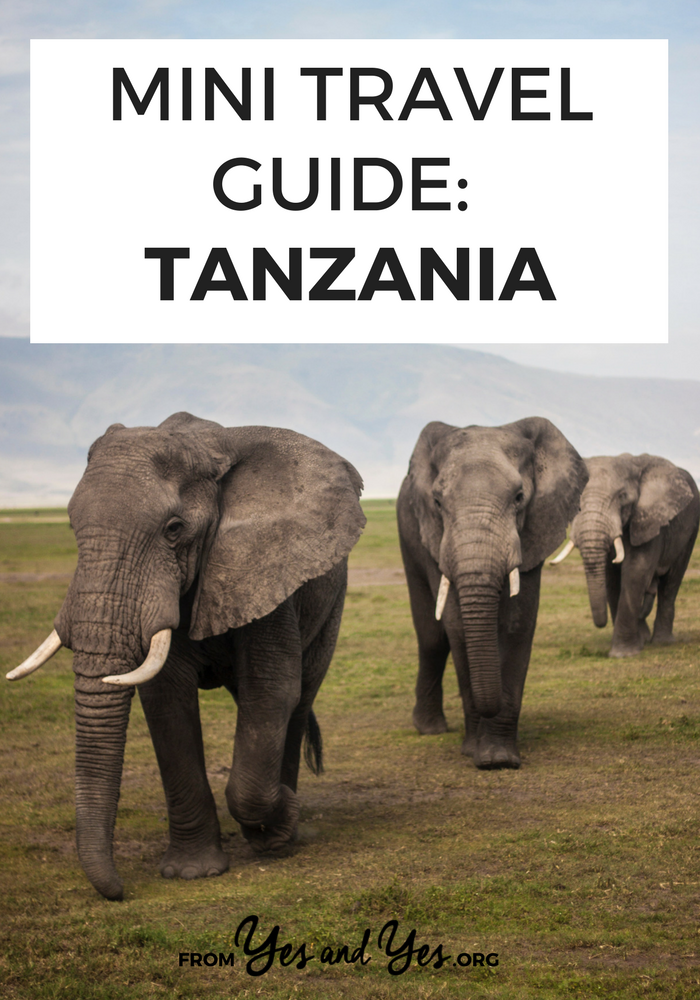

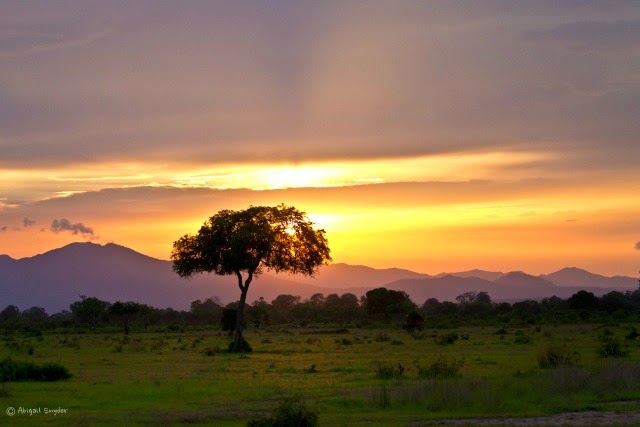

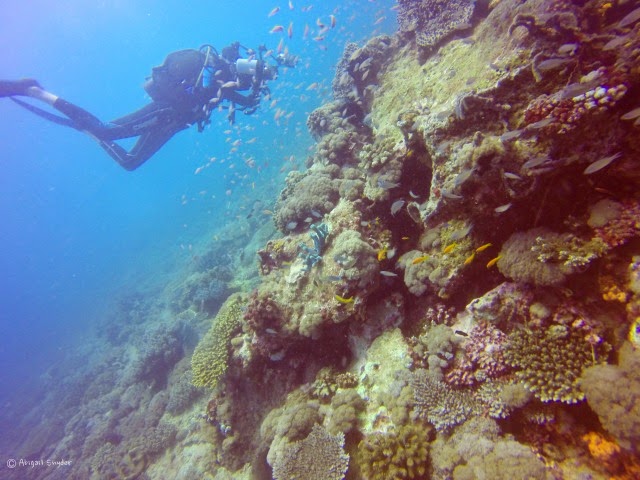
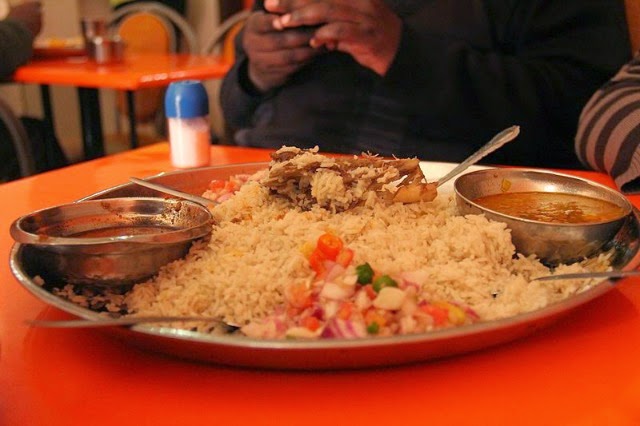
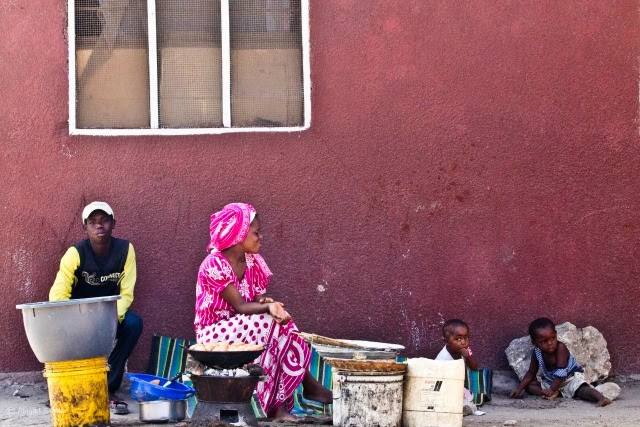
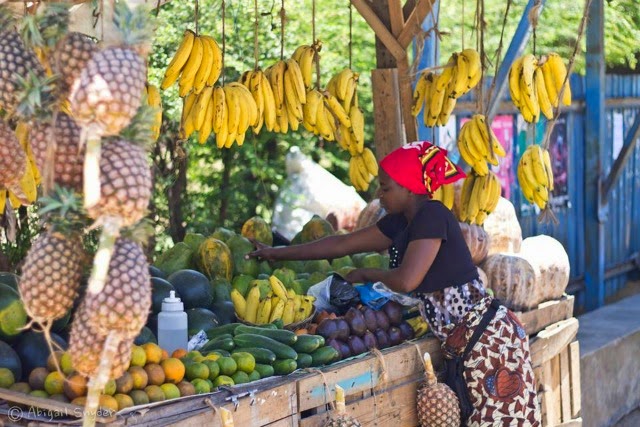


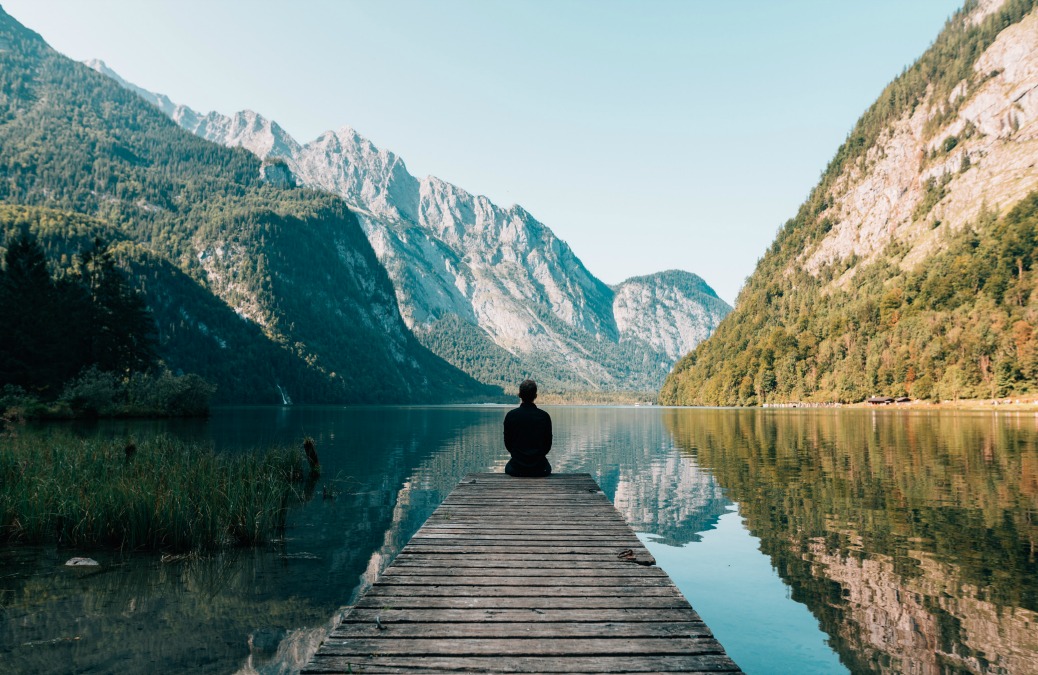

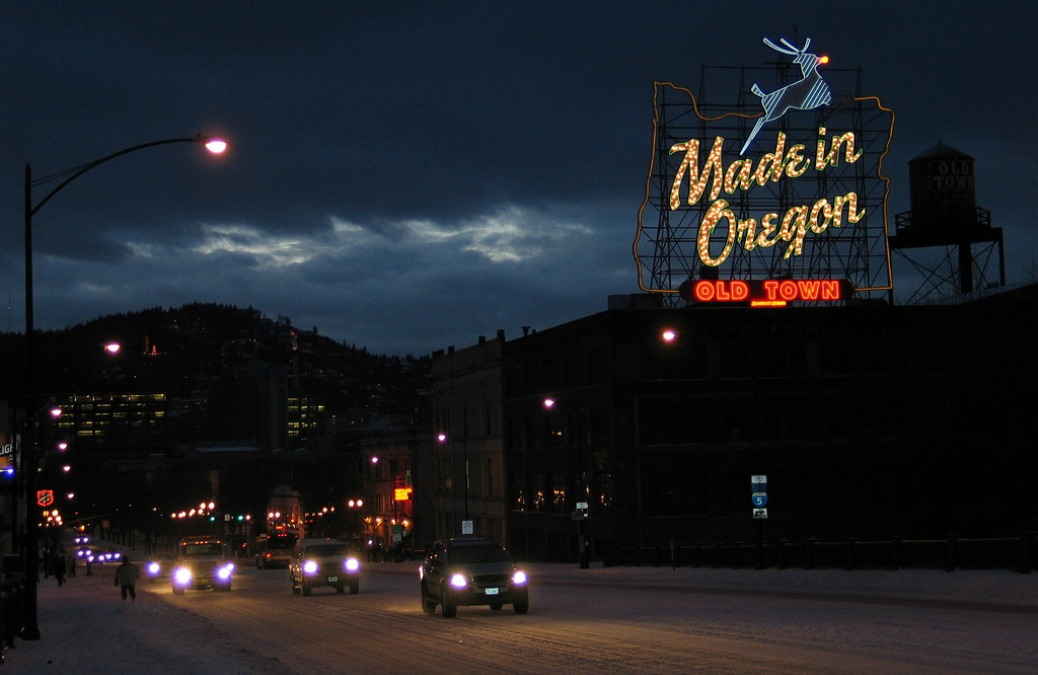
TZ is such a wonderful country. my biggest regret from traveling there is that i didn't make it out to zanzibar — next time!
I spent 8 weeks in Tanzania a few years ago – 4 weeks volunteering at a local school just outside Arusha and the other 4 weeks travelling. It was AMAZING. The scenery, the people, the atmosphere…it's beautiful and I really fell in love with the country.
I was lucky enough to spend Christmas in the Serengeti and did a hot air balloon ride at dawn on Boxing Day. If you have the money I highly recommend this – it was breathtaking.
Overall, I love this country! I can't wait to go back.
I just moved back to Tanzania iam from here but was living abroad for years I have been to Arusha and Zanibar . Absolutely beautiful and breath taking views. I came by your site cause I was looking where to find kombucha tea …any idea